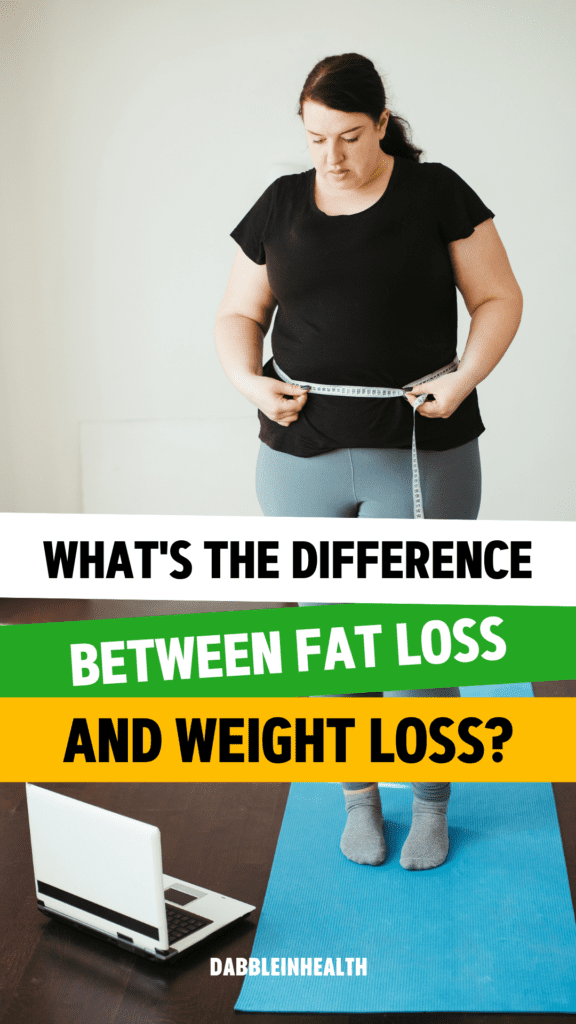In the pursuit of health and fitness, the focus often shifts from overall well-being to simply watching the number on the scale. However, understanding the difference between weight loss and fat loss can lead to more sustainable health outcomes and a stronger, more resilient body. This article aims to clarify these concepts, emphasizing the importance of losing fat while preserving muscle to achieve optimal fitness.


Defining Weight Loss vs. Fat Loss:
Weight Loss:
- Typically refers to a decrease in body weight from muscle, fat, and water loss.
- Often the primary focus of conventional dieting, which may lead to temporary results but can cause decreased muscle mass and metabolic slowdown.
Fat Loss:
- Involves reducing body fat while maintaining or even increasing muscle mass.
- More indicative of improved health and fitness, as it enhances body composition and supports metabolic health.


Why Fat Loss Matters More Than Weight Loss:
Improved Body Composition:
- Losing fat while preserving muscle leads to a stronger, more toned body.
- Muscle is metabolically active, so maintaining muscle mass is crucial for a higher resting metabolic rate.
Long-Term Health Benefits:
- Reducing excess body fat lowers the risk of chronic diseases such as type 2 diabetes, heart disease, and certain cancers.
- Enhances mobility and reduces the load on joints, contributing to better physical health.


Strategies for Maximizing Fat Loss:
Strength Training:
- Essential for maintaining and building muscle mass during a calorie deficit.
- Helps improve strength, increases metabolic rate, and changes body composition.
Protein-Rich Diet:
- Consuming adequate protein is vital for muscle repair and growth, especially when calorie intake is reduced.
- Helps satiate hunger longer and can prevent muscle loss during weight loss efforts.
Balanced Nutrition:
- Focus on a balanced diet rich in vegetables, fruits, whole grains, healthy fats, and lean proteins.
- Avoid overly restrictive diets that can lead to nutrient deficiencies and binge eating behaviors.
Consistent Physical Activity:
- Combining cardio and resistance training can optimize fat loss and muscle preservation.
- Engages different muscle groups and ensures overall fitness and heart health.
Monitoring Progress Beyond the Scale:
Body Composition Tests:
- More accurate measures of body fat and muscle mass than weight alone, such as DEXA scans or bioelectrical impedance analysis.
- Regular measurements can help track fat loss and adjustments in fitness routines.
Non-Scale Victories:
- Improvements in strength, endurance, or how clothes fit can also indicate progress.
- Emotional and mental health enhancements are equally significant markers of a healthier lifestyle.


Conclusion:
The journey to health and fitness is more about the quality of weight loss, focusing on fat loss rather than just weight loss. By prioritizing fat reduction and muscle maintenance, individuals can achieve a healthier, more capable body. Understanding and implementing these principles can transform the way we approach fitness, leading to lifelong benefits and improved overall well-being.




